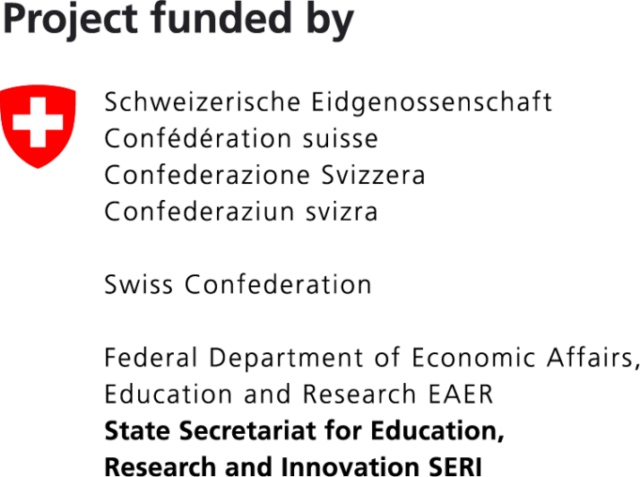Gr3n ready to bring plastic recycling tech to market
This is closer to become real thanks to €7.5 millions in financing from Chevron and Standex, among others.
Gr3n announced today that its goal of being the world’s leading supplier of recycled Polyethylene Terephthalate (PET) and polyester is closer to becoming reality, thanks to a €6.3 million Series B round of financing raised from Chevron Technology Ventures, and Standex International, among other investors. With this round, Gr3n, whose technology breaks down any type of PET and polyester plastic to allow for potentially endless recycling loops, has now raised a total of €7.5 million in less than a year.
“This round of financing will allow us to grow the company further and ultimately move from a startup phase to bringing our revolutionary recycling solution to market,” said Maurizio Crippa, Gr3n Founder and Chief Executive. “Funding by industrial players such as Chevron and Standex further confirms Gr3n’s progress in commercializing the technology, and will allow us to accelerate growth by investing in our people as well as in the infrastructure needed to scale efficiently. We look forward to creating value for our customers and all stakeholders, and to proving that a scientific approach is the only way to bring an efficient chemical recycling process for PET to market – thereby making the circular economy a reality.”
Our revolutionary process
Gr3n’s process has the potential to change how PET is recycled worldwide, allowing huge benefits for both the recycling industry and the entire polyester value chain. Many efforts have been made to transfer chemical recycling from research labs to the manufacturing industry in the past, but economic aspects have persistently blocked adoption of proposed solutions. Thanks to the DEMETO (Depolymerization by Microwave) Technology developed by Gr3n, this approach is now feasible and makes Gr3n one of the few companies potentially able to supply a reliable chemical recycling solution that closes the PET lifecycle, offers polymer grade material, treats waste, lowers carbon footprints, and provides cost savings for players throughout the value chain.
The potential of gr3n
“Gr3n has the potential to both help lower the carbon footprint of plastics manufacturing while also supporting a broader global circular economy related to plastics,” said Barbara Burger, Vice President, Innovation and President of Technology Ventures at Chevron. “This is the latest investment from our recently launched $300 million Future Energy Fund II, which focuses on industrial decarbonization, emerging mobility, energy decentralization, and the growing circular carbon economy”.
“We are very pleased to see Gr3n further advance its technology platform with this significant financing announcement. Standex has been working closely with the company over the past year to develop an innovative solution for a global client in the area of renewable energy production. Our partnership with Gr3n reflects our continued focus on accelerating deployment of Standex’s deep technical and applications expertise in emerging growth markets. The combination of Gr3n’s process technology and our businesses’ strong capabilities has the potential to bring breakthrough solutions to our customers,” said Standex President and CEO David Dunbar.
The materials
The input materials for the process can be post-consumer and/or post-industrial polyesters, both from bottles (coloured, colourless, transparent, opaque) and textiles (100% polyester but also with up to 30% of other materials like PU, cotton, polyether-polyurea, etc.). The reaction output is a mixture of building blocks derivatives, which are then isolated and purified. In principle, monomers can potentially be re-polymerized endlessly to provide brand new virgin PET or any other polymer using one of the monomers. Polymers obtained can be used to produce new bottles/trays and/or new garments, essentially completely displacing feedstock material from fossil fuels, as the recycled product has the same functionality as that derived traditionally. This means that Gr3n can potentially achieve bottle-to-textile, textile-to-textile, or even textile-to-bottle recycling, moving from a linear to a circular system.



